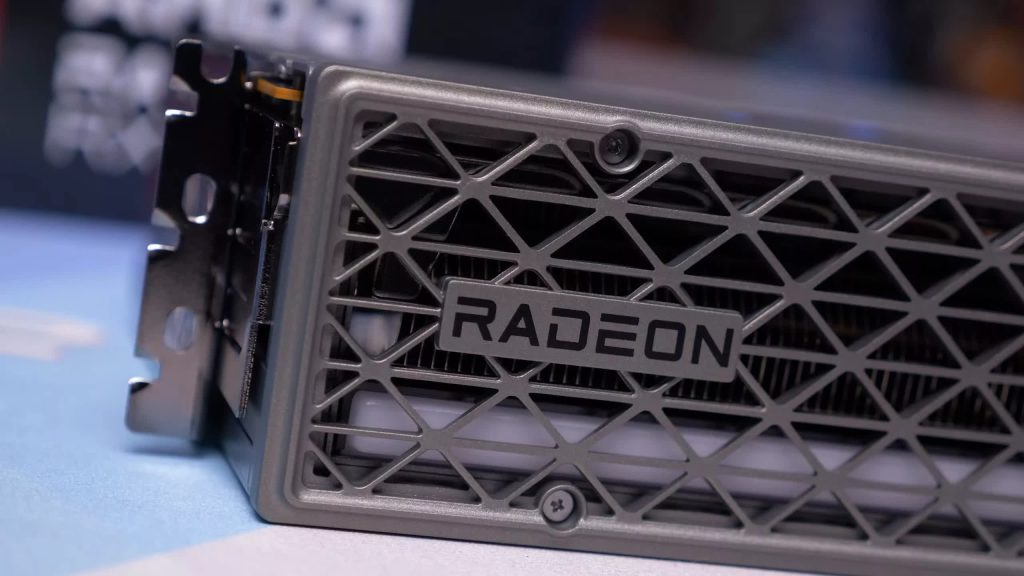A Pressing Issue:
Nvidia has faced significant backlash for marketing mid-range graphics cards priced over $400 with only 8GB of VRAM. However, AMD has been equally persistent in offering similar products in the budget-performance sector. Despite evidence showing that limited VRAM results in compromised quality and performance, Team Red continues to defend its entry-level offerings with technically correct yet misleading claims regarding their value.
AMD’s Defense of 8GB VRAM
Frank Azor from AMD recently addressed criticism regarding the 8GB version of the Radeon RX 9060 XT. Although Nvidia often leads with these issues, both companies’ affordable and mainstream options suffer from similar VRAM limitations. Following its announcement at Computex, Azor claimed that 8GB is adequate for the widely used 1080p gaming resolution.
Market Insights
Most gamers are still playing at 1080p and have no need for more than 8GB of memory. Esports titles dominate global gaming, driving our product decisions. If 8GB isn’t sufficient, there’s always the choice of 16GB. Same GPU, just more memory…
— Frank Azor (@AzorFrank) May 22, 2025
Performance Limitations
Reviews of comparable GPUs, such as Nvidia’s RTX 5060 Ti 8GB, reveal that while 8GB may technically be viable, it severely limits the card’s overall effectiveness compared to counterparts with more VRAM. Users may encounter significant performance drops, particularly in scenarios where memory limits are reached, resulting in stuttering and crashing in certain titles.
Real-World Implications
The game Warhammer 40,000: Space Marine 2 exemplifies the challenges posed by limited memory. Both the 8GB and 16GB configurations deliver similar frame rates at maximum settings, yet the 8GB variant struggles with high-resolution textures. Moreover, the 8GB RTX 5060 Ti even lags behind Intel’s Arc B580, a cheaper card with 12GB of memory.
Esports Market Focus
Azor pointed out that the mainstream GPU market primarily caters to esports players, a substantial part of the gaming population. Many of Steam’s most-played games, like Counter-Strike 2 and Dota 2, can still run efficiently on 8GB cards. Despite this, as GPU prices rise, more users seek budget options for demanding AAA titles, with benchmarks indicating they can perform surprisingly well with adequate VRAM.
Future Outlook
Interestingly, Nvidia’s review policies for 8GB GPUs hint at an awareness of these limitations. The company withheld review units for the 8GB RTX 5060 Ti from independent reviewers, raising concerns about transparency. Given that AMD’s first 8GB card, the Radeon RX 480, came out nearly nine years ago for $229, it seems unreasonable that modern offerings still feature the same VRAM configuration at over $300. As next-gen consoles are set to launch with upwards of 20GB of memory, these products may age poorly in the coming years.



